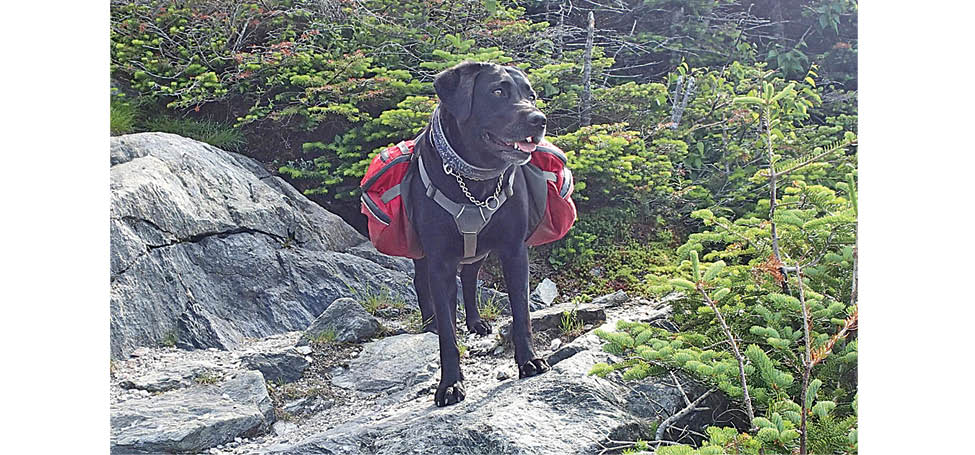Summer is here, wild flowers are in bloom, and nature lovers are heading for the hills. This year why not take poochie along as your trail partner? Going hiking with your dog is a relaxing and enjoyable way to experience the joys of nature together. Besides being great exercise, the new sights, smells and experiences keep your dog’s mind stimulated. So dust off those hiking boots, and heed our tips below as you head for the hills…
Before embarking on a hike, ensure dogs are permitted in the area. Most National parks in India do not allow dogs on their trails. Also find out the park rules and restrictions – for eg. Some parks require dogs to be on a leash to prevent them from chasing wildlife.
Carry plenty of drinking water for you and your dog. Dogs need to drink water frequently when outdoors. This helps maintain their energy levels and keeps them from getting dehydrated. Clean drinking water is hard to find on trails. Even if you chance natural water sources on the trail, avoid letting your dog drink from them. The water may be contaminated with parasites, harmful bacteria and even chemicals which could make your dog very ill.
If you’re an experienced hiker, used to long hikes up rough terrains, but if your dog isn’t as fit, you need to take it slow. Like people, dogs need to build up stamina and strength over a period of time. Start with easier walks and build up to the tough ones gradually. Even animals that are normally active might have problems on rough terrains. Some old, overweight or small dogs cannot cope with the strains of hiking and are best left at home. If your dog has arthritis, heart problems or any medical problem, consult you veterinarian before taking him along.
Most hiking injuries occur on the pads of a dog’s feet. Hot rocks and rough terrain can cause abrasions, cuts and ulcerations on the pads. Consider buying some doggy booties to protect your dog’s feet. To get your dog accustomed to his canine shoes, you will initially have to get your dog used to wearing the booties at home.
Avoid hiking with your dog during the hottest parts of the day. If you hike at those times, take frequent rest breaks to cool off your dog as they can get overheated from the constant activity.
Avoid feeding meals to your dog right before the exercise or hike – it can make him ill. Instead, carry a few sandwiches and dog treats. Proper nutrition is important for keeping your dog’s energy levels stable.
It is your responsibility to keep your pet under control at all times. Keep your dog leashed in places where he may disturb wildlife or go chasing other dogs, hikers or children.
Before going on a hike, make sure your dog is up-to-date on all his vaccinations. Many wild animals and insects can pass on disease and infection; small rodents can bite in defence and many carry diseases like rabies. It’s a good idea to use a flea and tick repellent when out in the woods. Fleas may cause skin allergy and ticks can cause infections and spread disease. Ask your vet about heartworm protection for your dog especially if you are going to be hiking in the mosquito-ridden countryside.
Fit your dog with a collar that has clear identification and rabies tags. In case your pet wanders away, he can be returned to you.
Whilst outdoors, your dog can get bitten by many different types of insects ranging from wasps to bees to ants and spiders. The bite or sting may be localised or affect the entire animal. Local signs include redness, itching, pain and swelling. If the animal is affected more seriously then you may even see vomiting, extensive swelling, difficulty in breathing, collapse and shock. If you suspect that your dog has been bitten or stung, carry out emergency first-aid measures and get your dog to a vet immediately.
- The Secret Life Of Dogs: What’s Your Doggie Really Thinking? - 15 March2025
- Cracking The Canine Contentment Code: What Makes Dogs Happy - 10 August2024
- The Dark Side Of Pampered Pets: Is Your Kindness Harming Your Dog? - 16 March2024
